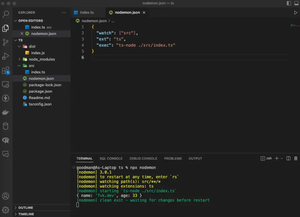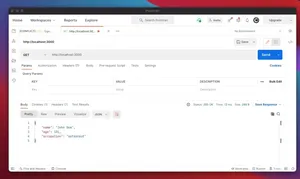Overview
Deploying a Node.js application to Google App Engine can be a straightforward process, which involves setting up a Google Cloud project, preparing the Node.js application, and deploying it using the Google Cloud SDK. This tutorial will guide you through these steps and provide you with the knowledge to deploy your app with ease.
Prerequisites:
- A Google Cloud account
- Basic knowledge of Node.js and Express (or another web server framework)
- Google Cloud SDK installed
- A Node.js application to deploy
The Main Steps
Step 1: Set Up a Google Cloud Project
- Log in to the Google Cloud Console.
- Create a new project or select an existing one.
- Note down the project ID, as it will be used later.
Step 2: Prepare Your Node.js Application
- Ensure your app listens to the environment variable
PORTor defaults to 8080 as App Engine expects this. - Create an
app.yamlfile at the root of your application directory with the following content:
runtime: nodejs14
env: standard
instance_class: F1
Step 3: Deploy Your Application
- Open a terminal and navigate to your application directory.
- Initialize the gcloud environment using the command
gcloud init. - Deploy your application with
gcloud app deploy. - When prompted, select the project you created or configured earlier.
- Wait for the deployment to finish.
Advanced Configuration
For more advanced setups, here are some additional configurations.
Using Environment Variables
In your app.yaml file, add:
env_variables:
NODE_ENV: 'production'
Custom Domain and HTTPS
Set up a custom domain and secure it with an SSL certificate through the Google Cloud Console under App Engine settings.
Scaling and Instance Class
You can adjust the instance class and automatic scaling settings in your app.yaml file:
instance_class: B4
automatic_scaling:
target_cpu_utilization: 0.65
max_instances: 10
Integrating Google Cloud Services
You can easily integrate other Google Cloud services such as Cloud SQL, Cloud Storage, or Datastore by specifying them in your project’s dependencies and importing them in your application code.
Common Issues and Troubleshooting
- Timeouts: Ensure your application handles startup quickly and efficiently. App Engine has a startup time limit.
- Dependencies: Check if all the dependencies in your
package.jsonare correctly installed and if the versions are compatible with Google Cloud.
Conclusion
In this tutorial, you learned how to deploy a Node.js application on Google App Engine. The process covered setting up a project, preparing the application, and deploying it, along with advanced configurations for scaling and integration. Deploying on Google App Engine allows your application to benefit from the robust infrastructure provided by Google Cloud, enabling you to scale your application based on demand efficiently.

